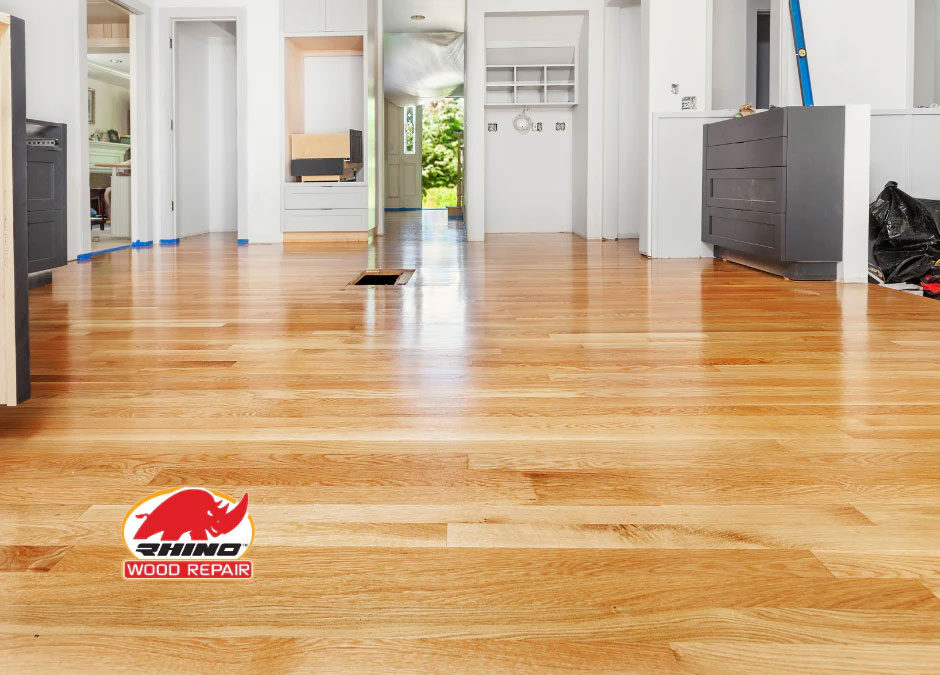Water damage can be a homeowner’s worst nightmare, especially when it comes to beautiful wood floors. Whether it’s from a leaky pipe, a spill, or a natural disaster, water can wreak havoc on your hardwood flooring. But don’t despair! With the right knowledge and tools, you can restore your water-damaged wood floors to their former glory. In this comprehensive guide, we’ll walk you through the steps to assess, repair, and prevent future water damage to your cherished wood floors.
Understanding Water Damage in Wood Floors
Before we dive into the repair process, it’s crucial to understand how water affects wood flooring.
Types of Water Damage
- Surface damage: Caused by spills or minor leaks
- Deep damage: Results from prolonged exposure or flooding
- Structural damage: Affects the subfloor and floor joists
Signs of Water-Damaged Wood Floors
- Cupping: Edges of boards are higher than the center
- Crowning: Center of boards are higher than the edges
- Buckling: Boards completely detach from the subfloor
- Discoloration: Dark spots or stains on the wood
- Mold growth: Fuzzy or slimy patches on the surface
Steps to Fix Water-Damaged Wood Floors
- Assess the Damage
Before starting any repairs, carefully evaluate the extent of the damage:
- Identify the water source and stop it
- Determine if the damage is surface-level or deep
- Check for mold growth
- Assess the affected area’s size
- Remove Excess Water
Quick action is crucial to minimize damage:
- Use towels or a wet vacuum to absorb standing water
- Run dehumidifiers and fans to dry the area
- Open windows for better air circulation
- Clean and Disinfect
Prevent mold growth and sanitize the area:
- Use a mild detergent solution to clean the floor
- For mold, use a mixture of water and white vinegar
- Dry the floor thoroughly after cleaning
- Sand and Refinish
For surface-level damage:
- Allow the floor to dry completely (may take several weeks)
- Sand the affected area to remove water stains
- Apply wood filler to any cracks or gaps
- Stain the repaired area to match the surrounding floor
- Apply a protective finish
- Replace Damaged Boards
For severe damage:
- Remove the damaged boards carefully
- Install new boards that match the existing flooring
- Sand and finish the new boards to blend with the rest of the floor
- Treat and Protect
To prevent future damage and extend the life of your wood floors:
- Apply a water-resistant sealant
- Use Rhino Wood Repair products to treat and protect the wood
Preventing Future Water Damage
An ounce of prevention is worth a pound of cure. Here are some tips to protect your wood floors:
- Regularly inspect for leaks in plumbing and appliances
- Use mats at entryways to catch water from shoes
- Clean up spills immediately
- Maintain proper indoor humidity levels (30-50%)
- Apply a protective coating every few years
FAQs About Water-Damaged Wood Floors
How long does it take for water to damage wood floors?
Water can begin to damage wood floors within hours of exposure, but visible signs may not appear for days or weeks.
Can I save severely water-damaged wood floors?
While severe damage often requires board replacement, many water-damaged floors can be saved with proper treatment and restoration techniques.
How can I tell if there’s water under my wood floor?
Look for signs like cupping, crowning, or a musty odour. You can also use a moisture meter for a more accurate assessment.
Is it necessary to replace the entire floor if only a portion is damaged?
Not always. Often, only the affected boards need to be replaced, and the rest of the floor can be restored through sanding and refinishing.
How can I prevent mold growth after water damage?
Act quickly to remove water, dry the area thoroughly, and use anti-mold products like those offered by Rhino Wood Repair.
Top 5 Rhino Wood Repair Products for Water-Damaged Floors
- Wood Hardener: Strengthens and reinforces weakened wood fibers
- Water-Resistant Sealant: Protects wood from future water damage
- Anti-Rot Treatment: Prevents and eliminates rot growth
- Wood Filler Putty: Repairs cracks and gaps in damaged wood
- Protective Finish: Seals and beautifies restored wood floors
By following these steps and using high-quality products, you can effectively repair water-damaged wood floors and prevent future issues. Remember, the key to successful restoration is quick action and proper treatment.
About the Author:
Robin Pixner is the owner and chief chemist of Rhino Wood Repair, with over 30 years of experience in wood restoration and protection. As a leading expert in the field, Robin has developed innovative solutions to extend the life of wood and combat common issues like water damage and rot. His passion for preserving and restoring wood has led to the creation of Rhino Wood Repair’s line of high-performance products, trusted by professionals and homeowners alike.
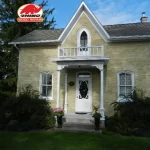 Frequently Asked Questions
Frequently Asked Questions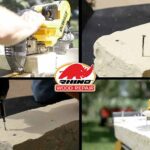 Videos
Videos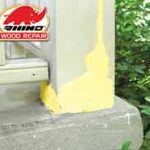 Colourful Chemist cooks up wood-repair product
Colourful Chemist cooks up wood-repair product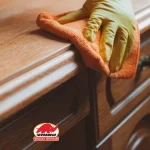 Custom Adhesive Epoxies & Formulations
Custom Adhesive Epoxies & Formulations THE SIMPLE SOLUTION TO A DIFFICULT PROBLEM.
THE SIMPLE SOLUTION TO A DIFFICULT PROBLEM.
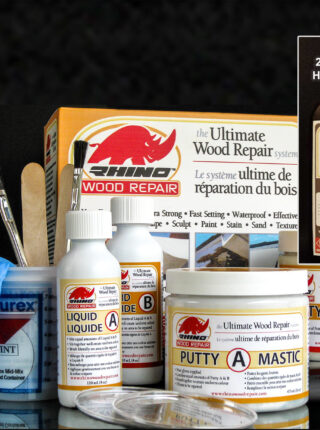
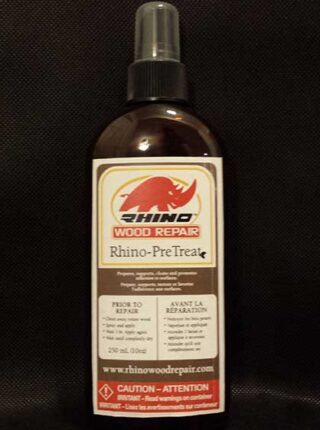
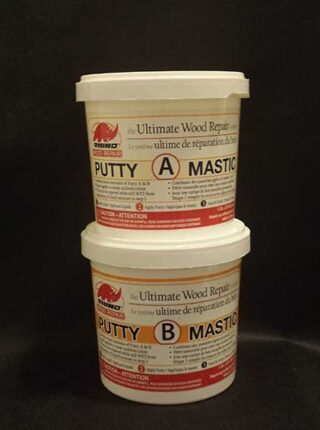
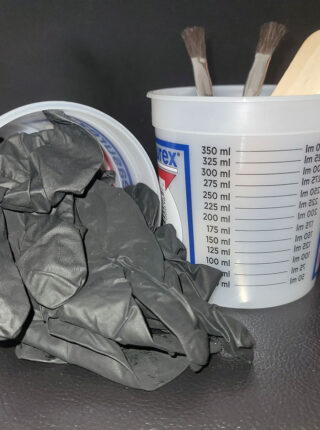
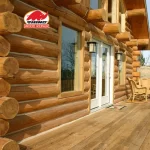 Rhino Wood Repair for Log Homes Looking to combat wood rot on your log home? Enter Rhino Wood Repair — the vanguard of wood restoration, with a legacy spanning over three decades. Led by Robin Pixner, a visionary in the field of wood preservation, our mission is simple yet profound: to breathe new life into aging wood, to fortify its strength, and to ensure that the legacy of log homes endures for generations to come.
Rhino Wood Repair for Log Homes Looking to combat wood rot on your log home? Enter Rhino Wood Repair — the vanguard of wood restoration, with a legacy spanning over three decades. Led by Robin Pixner, a visionary in the field of wood preservation, our mission is simple yet profound: to breathe new life into aging wood, to fortify its strength, and to ensure that the legacy of log homes endures for generations to come.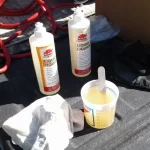 Wood Epoxy
Wood Epoxy
